Path Dependency | La Tempesta
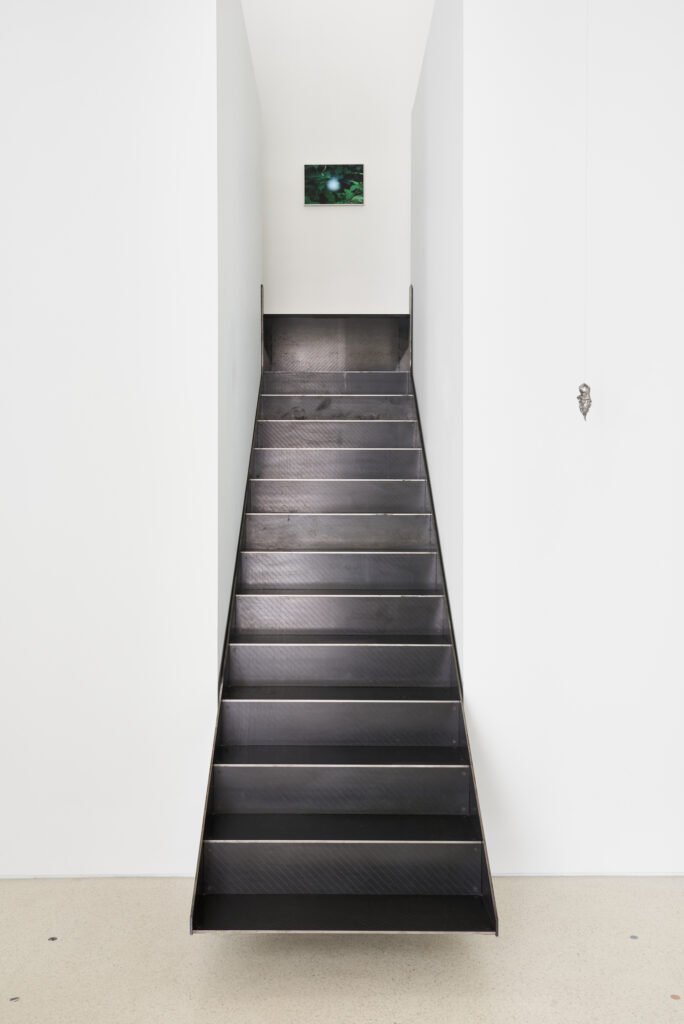
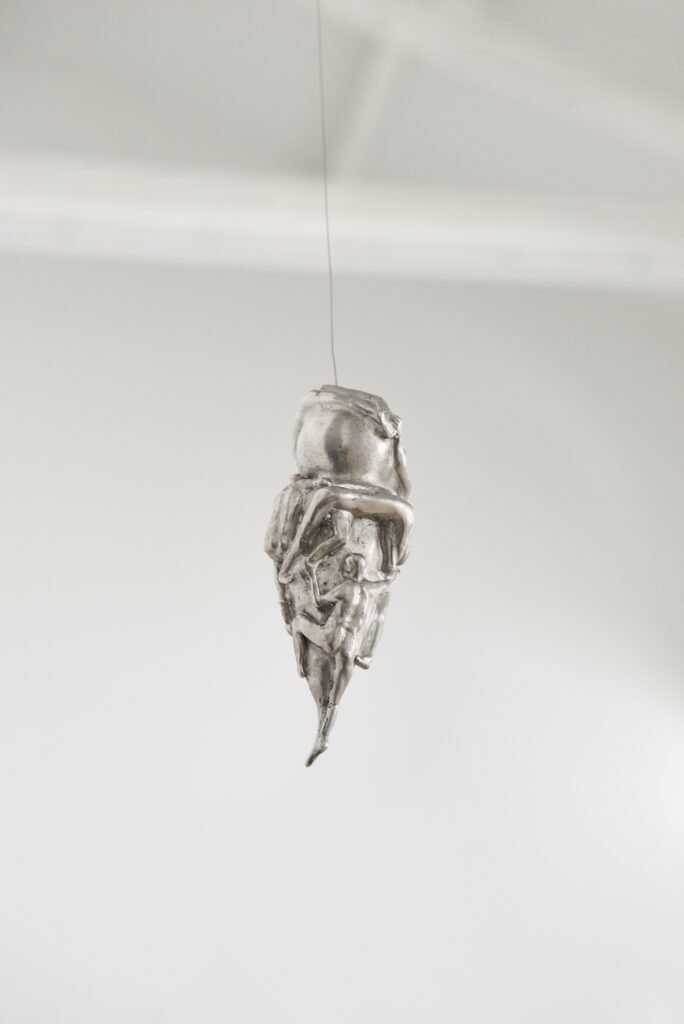


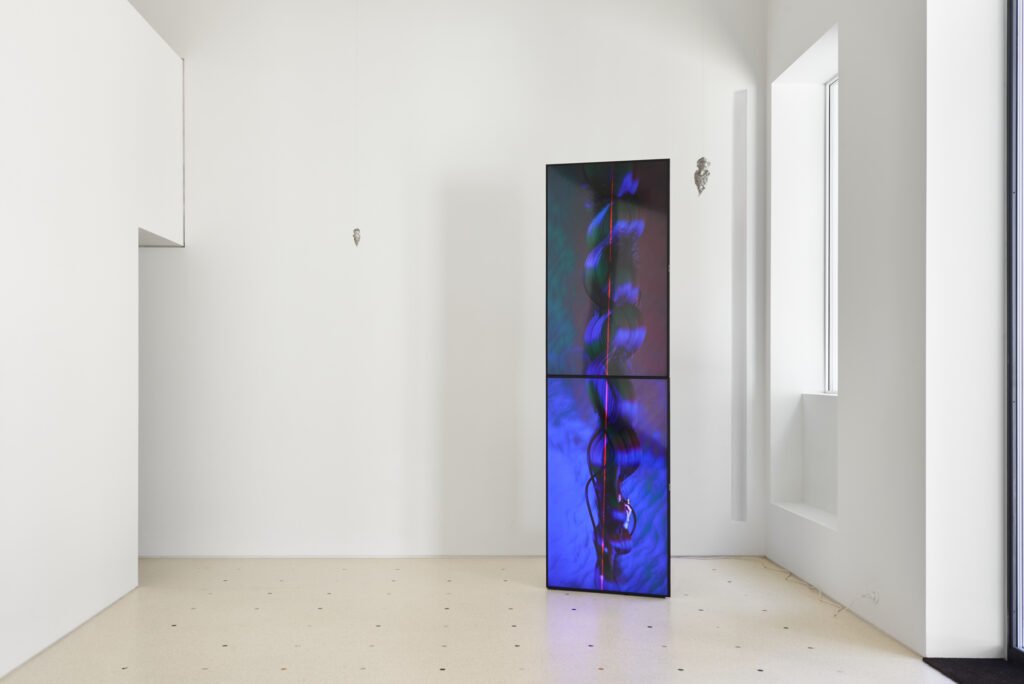


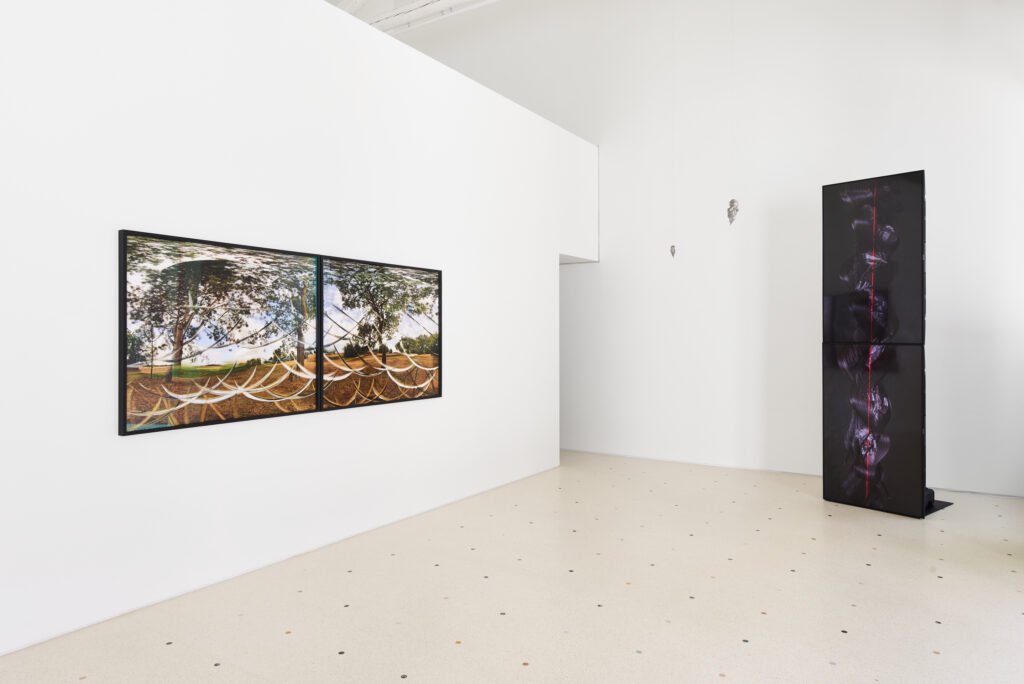
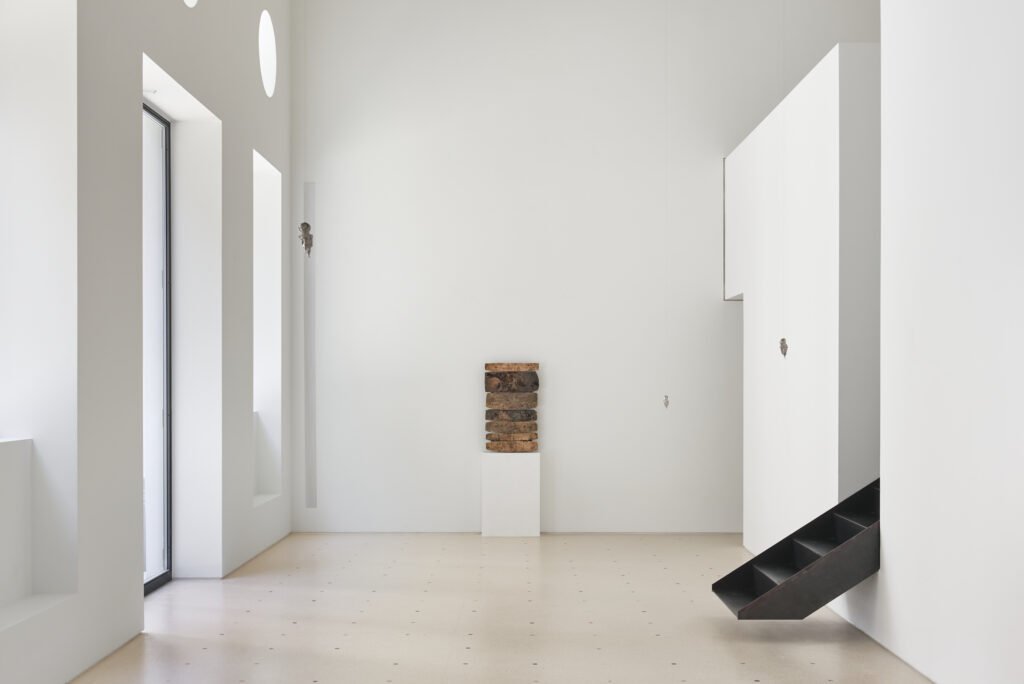









Artopia is delighted to present two solo shows, opening to the public in its new venue, in via Lazzaro Papi 2, from Thursday 9 May to Friday 12 July 2024. The exhibitions dialogue with the architecture of the space, developing autonomously while also moving within a thematic framework that presents points of convergence and in a visual dynamic that involves both levels of the gallery.
The ground floor hosts the exhibition Path Dependency by Belgian artist Eva L’Hoest (Liège, 1991), which addresses the increasingly close and conditioning relationship between technology, nature and the role of humanity in this complex and intimate network, a recurring motif in her artistic practice. The works exhibited, arranged in line with the specificity of the space, reflect on the visible and invisible forces that shape our world and offer a glimpse into the blind areas of our civilisation. Welcoming the visitor is the diptych One hundred staring sheep (2024), intermediate images from a 3D scanning process, presented here in a sequence that mimics the clicking dance of the scanner’s rotating mirrors. The photographic prints seek to explore how our perception of nature physically alters the environment through techniques that embody both traditional and modern visions. Alongside, the slender video-sculpture installation Scaffold Mechanics (2023), presented together with the film What hath God wrought? (2023) in the nearby screening room. Both works delve into the submerged histories of our digital age, uncovering a virtual DNA in which humanity is intertwined with submarine power cable technology. On the other side is the new work Consecrated Lightning! (2023), obtained by scanning the layers of nuclear waste stored in the BelgoProcess company. In the grooves of its cross sections and in the organic roughness of the waste material, the stories of the human body and language are embedded in an intrinsic material poetry. Inspired by the Etruscan groma, the small sculptures Don’t Feed The Birds (2024), suspended from the trusses, involve the viewer in a nuanced dialogue. Through an articulated selection of works, L’Hoest constructs a poetic narrative that transcends the mere physicality of the materials, incorporating a deeper investigation into the human condition.
On the first floor opens, simultaneously, Giacomo Segantin’s (Abano Terme, 1995) solo exhibition entitled La Tempesta. In the two types of works here presented, specially conceived and produced for the gallery, the protagonist is the landscape, conceived as a complex space and a meeting point for human action and natural dynamics.
In the photographic documentation of the intervention La Tempesta (2023), Segantin reflects on residual urban spaces, places where management and control are temporarily suspended and subjected to a continuous movement. In collaboration with the wind and the natural spread of poplar seeds, the project was realised in the disused area of the former Falk steelworks and is framed within the context of documentary photography of industrial archaeology. luce (2024) opens the exhibition. The photographic work, placed at the top of the suspended staircase that connects the two floors, is an interpretation key for the entire exhibition: a circular-shaped pappus floats brightly in the centre of the image, standing out against the darker background. A visual disruption, an organic invasion that multiplies and, blown by the wind, overlaps with the intricate spontaneous vegetation in the work grande nero (2024). The temporal perspective of this movement is captured in the diptych il paradiso (2024), where the pappus, at different times, spread with more or less intensity against the pioneering vegetation backdrop, crossed by an enormous concrete beam.
The material composition and layering of the architecture’s foundations are the subject of geologia (2024), placed in close dialogue with the installation of organic material senza titolo (cercis siliquastrum) (2024) in the centre of the room. On a phenolic plywood base the flowers of the Judas tree, collected, dried and processed by the artist, are arranged. The artwork reflects on the supply chain and the sourcing of raw materials, contrasting the process of industrial production with a practice of foraging and self production. The flowers become almost a construction material, absurd and ineffective in its total lack of use and fragility. Segantin’s works are characterised by a strong empathy with the non-human and, starting from the observation of the undesirable landscape, emphasise the importance of having spaces that are undefined, neither in form nor function, in which life can self-determine.
“Path Dependency by Eva L’Hoest and La Tempesta by Giacomo Segantin are two independent exhibitions that live in symbiosis in the gallery space, thanks to numerous resonances between the artists’ research. In their works, one can read layers of architecture, biological elements and human actions that refer to different places in the world and express two essential types of movement.” writes Giovanni Paolin in the text dedicated to the exhibitions.


